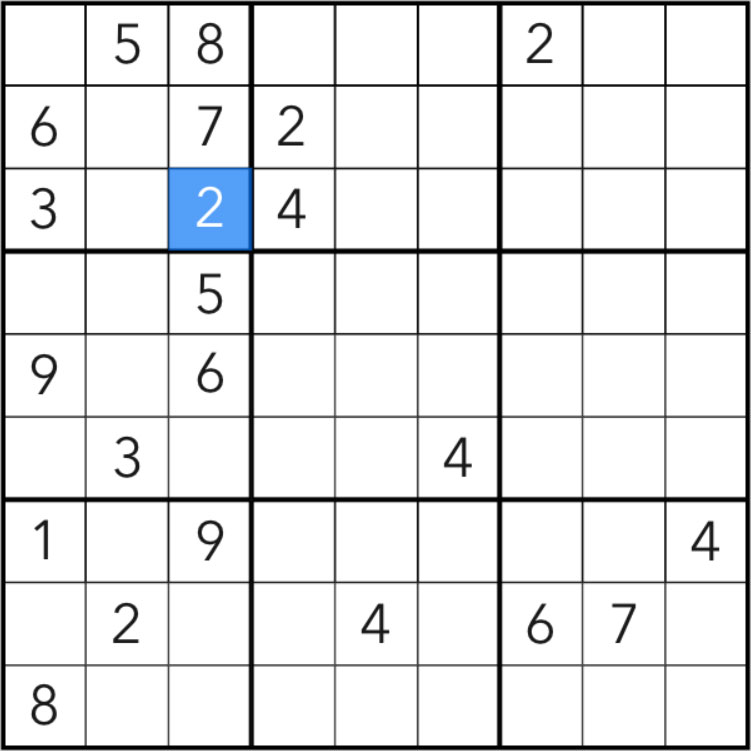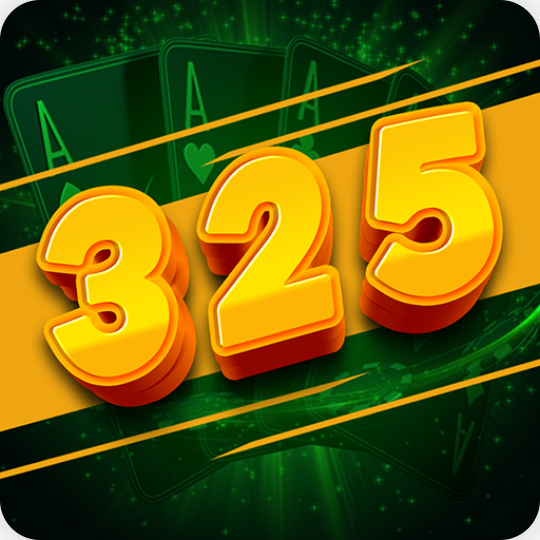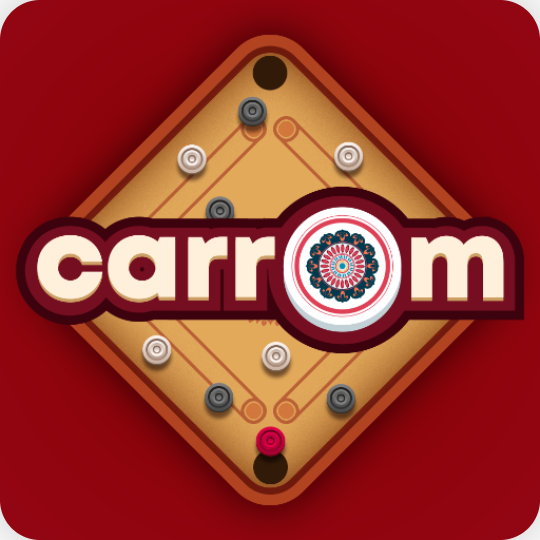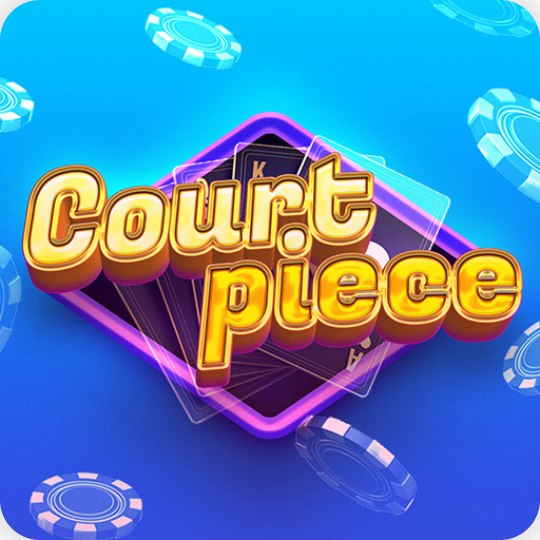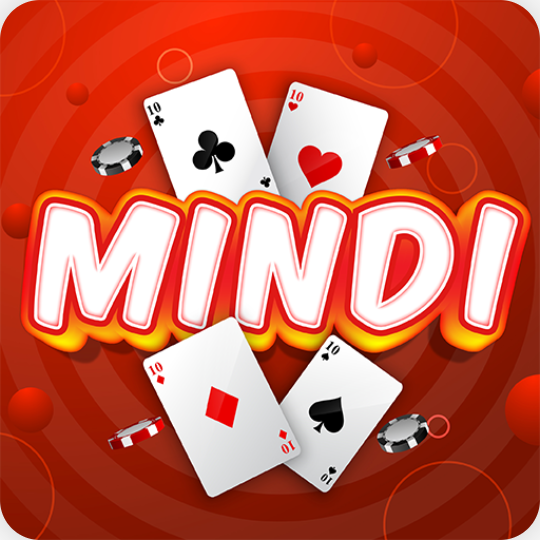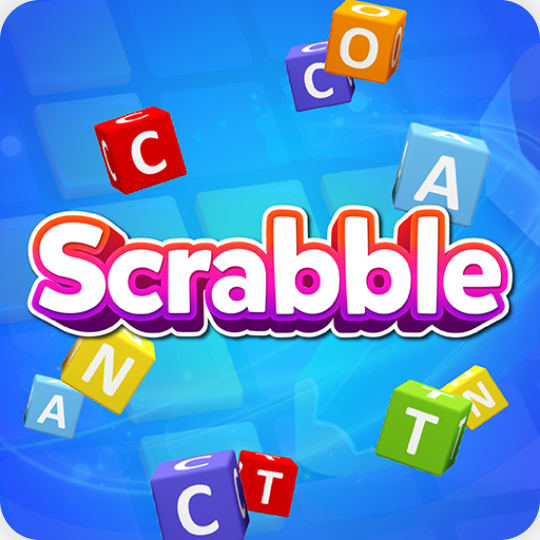
The prolonged and exciting history of Sudoku is quite a mystery in itself. The name Sudoku is derived from Japan and is made up of the Japanese characters Su (which means ‘number’) and Doku (which means ‘single’), however it was not discovered in Japan. Sudoku emerged in Switzerland and then descended to Japan via the United States of America.
Sudoku has its origins in historic number puzzles. For tens of decades, people have been fascinated in developing and solving them. Puzzles have a way to encourage new development in the field of mathematics, as seen in the movie - A Beautiful Mind featuring Russell Crowe.
Sudoku was called “Latin Squares” or “Magic Squares” and one of the first indications of puzzles to surface in France in 1895. But, Sudoku as we know it today, was conceived by Howard Garns, a puzzle enthusiast from Indiana, USA in 1979. The puzzle was famously called “Number Place” as it involved putting numbers in blank spots on a 9 x 9 grid.
The “Number Place” game first emerged in Japan in 1984 where it was renamed “Sudoku”, which is an acronym for a Japanese expression - “Suji wa dokushin ni kagiru”. It means, the numbers are limited to a single occurrence. Sudoku managed to be extremely popular in Japan, where enthusiasts purchase more than 600,000 Sudoku magazines every month.

